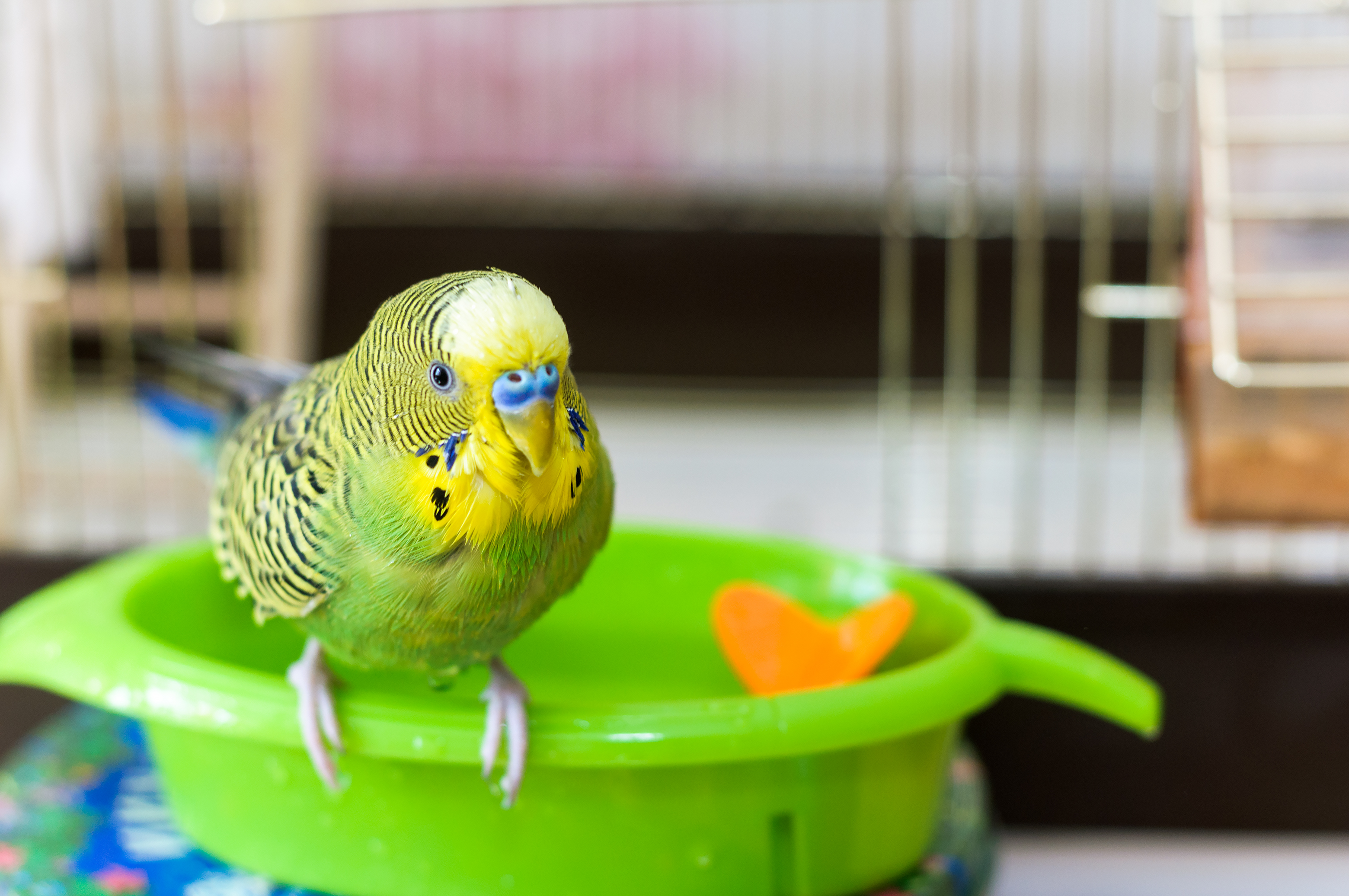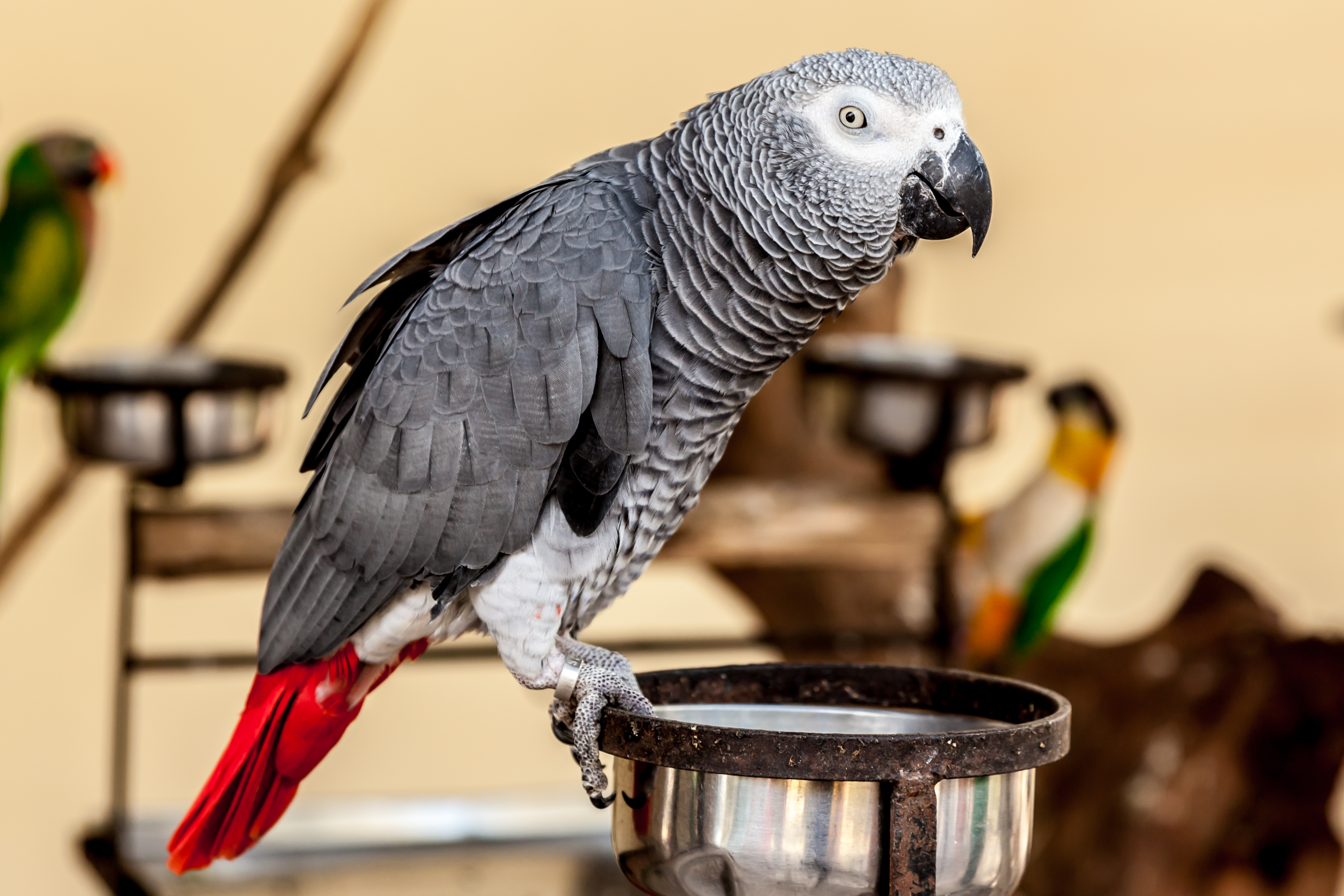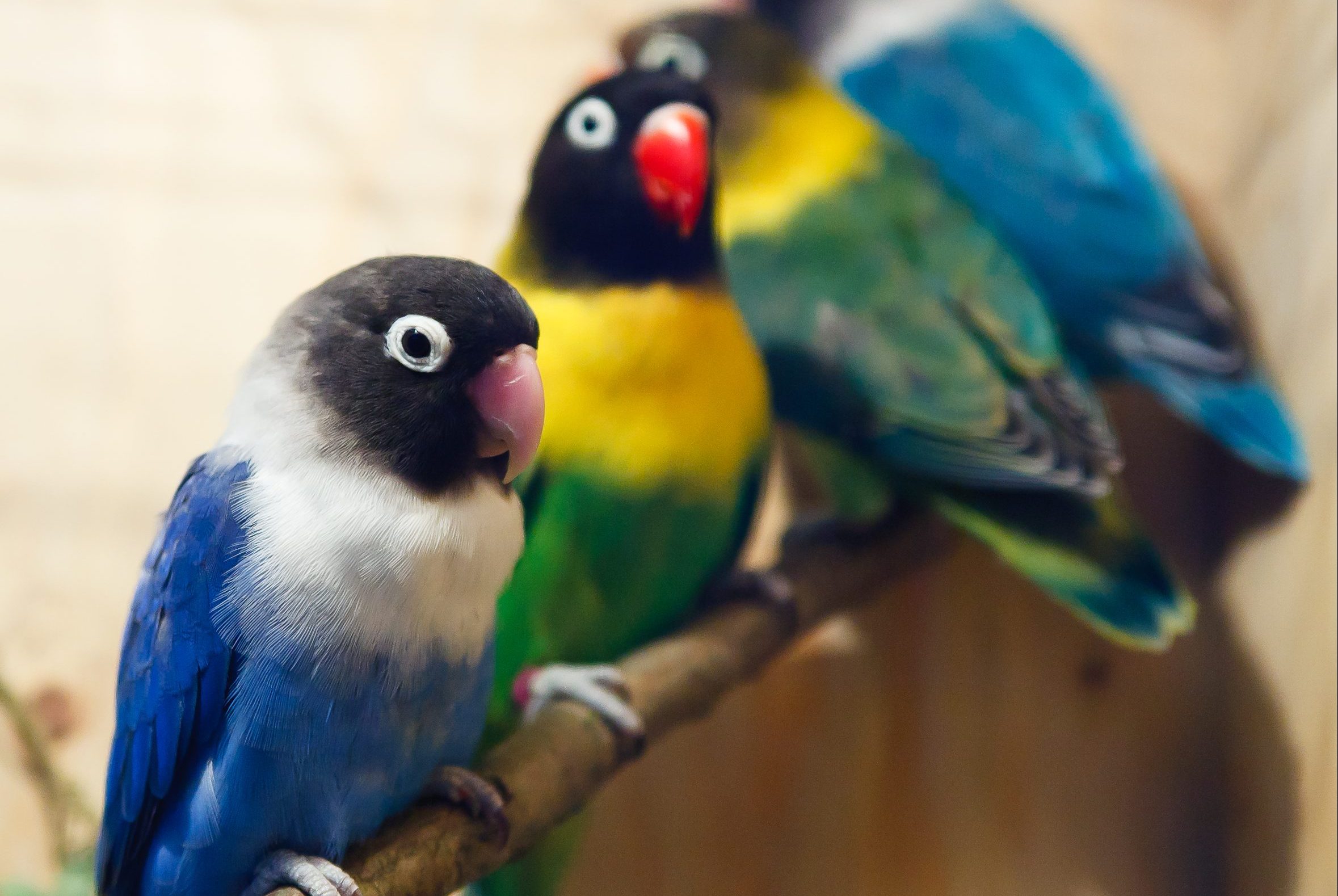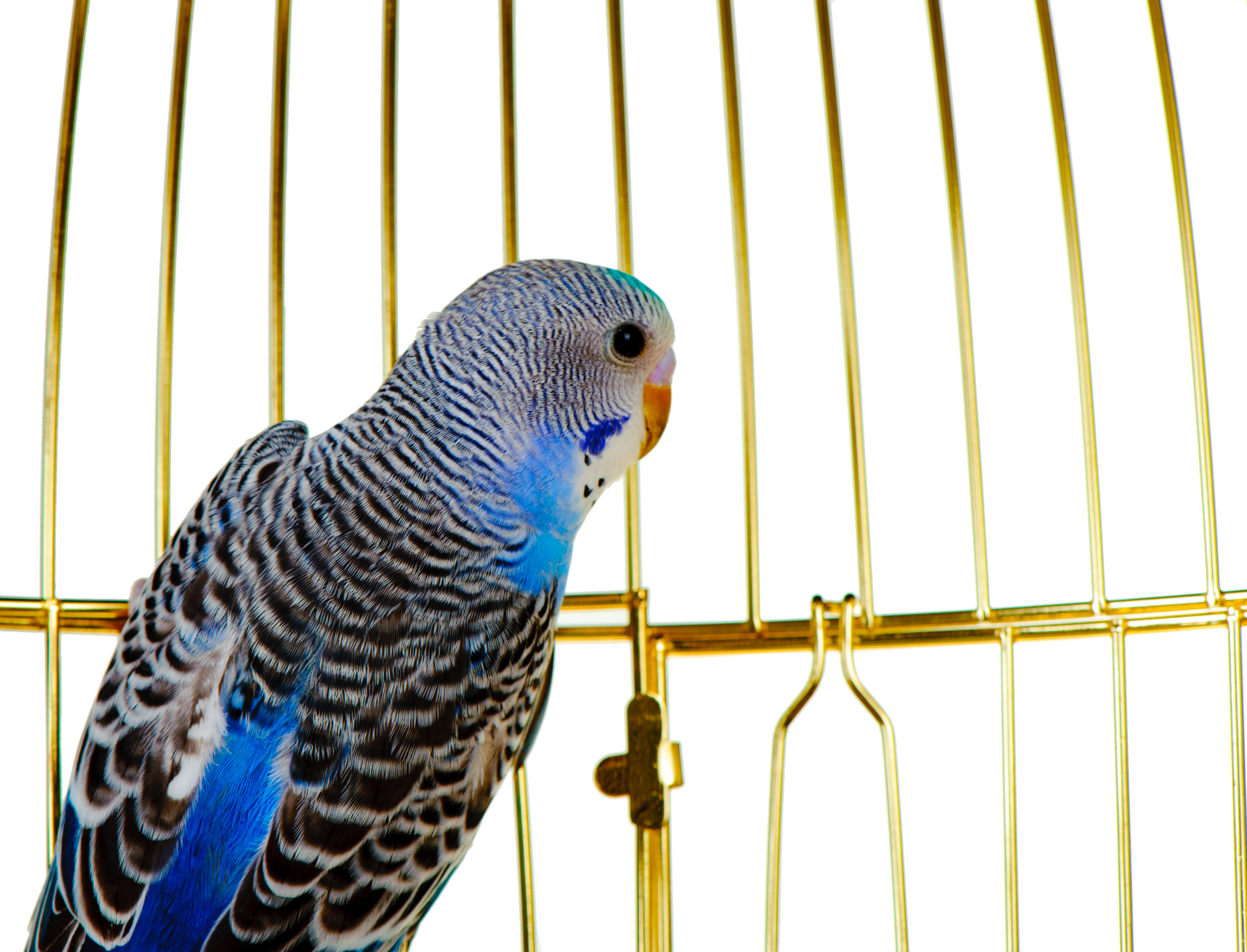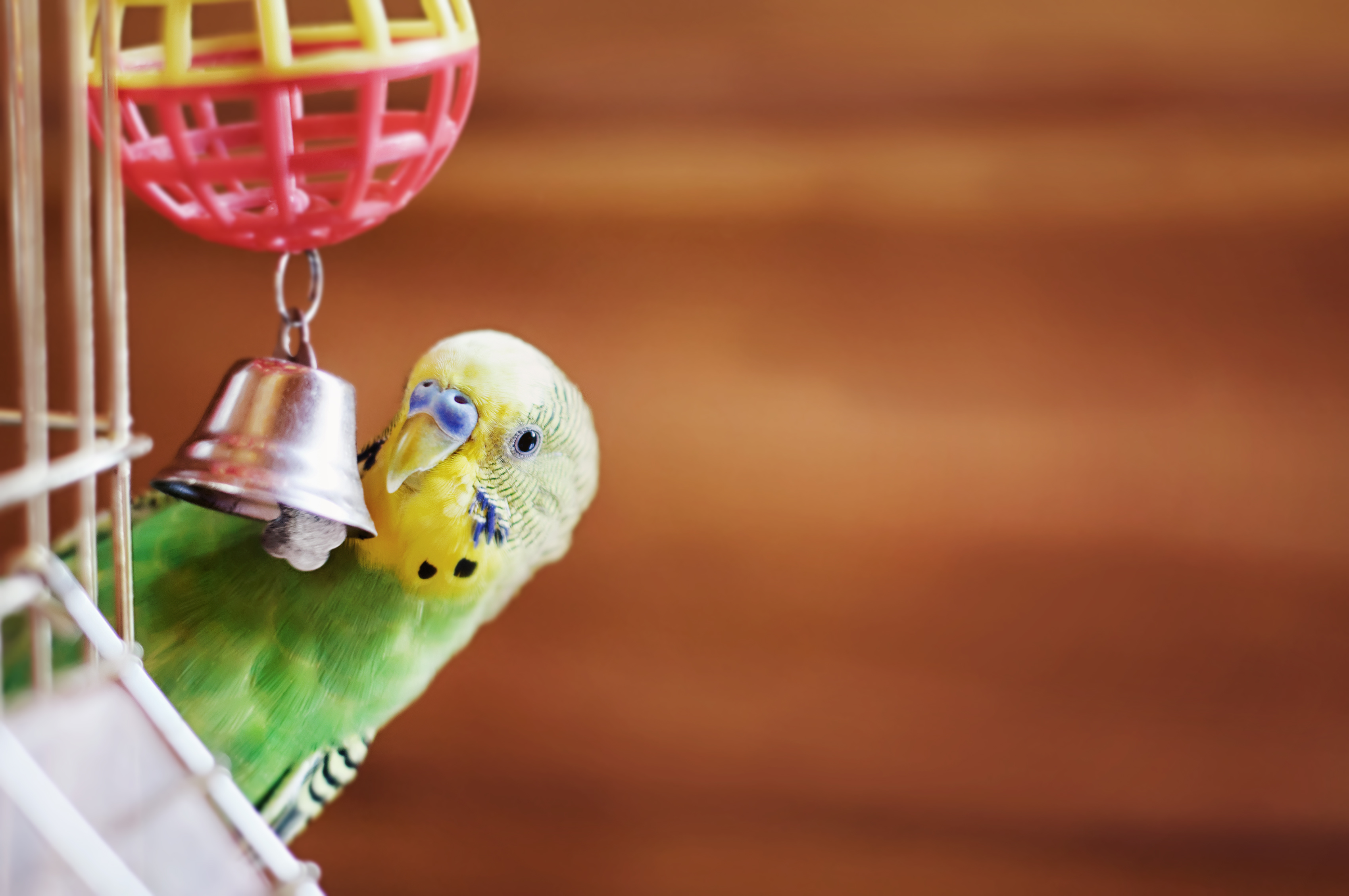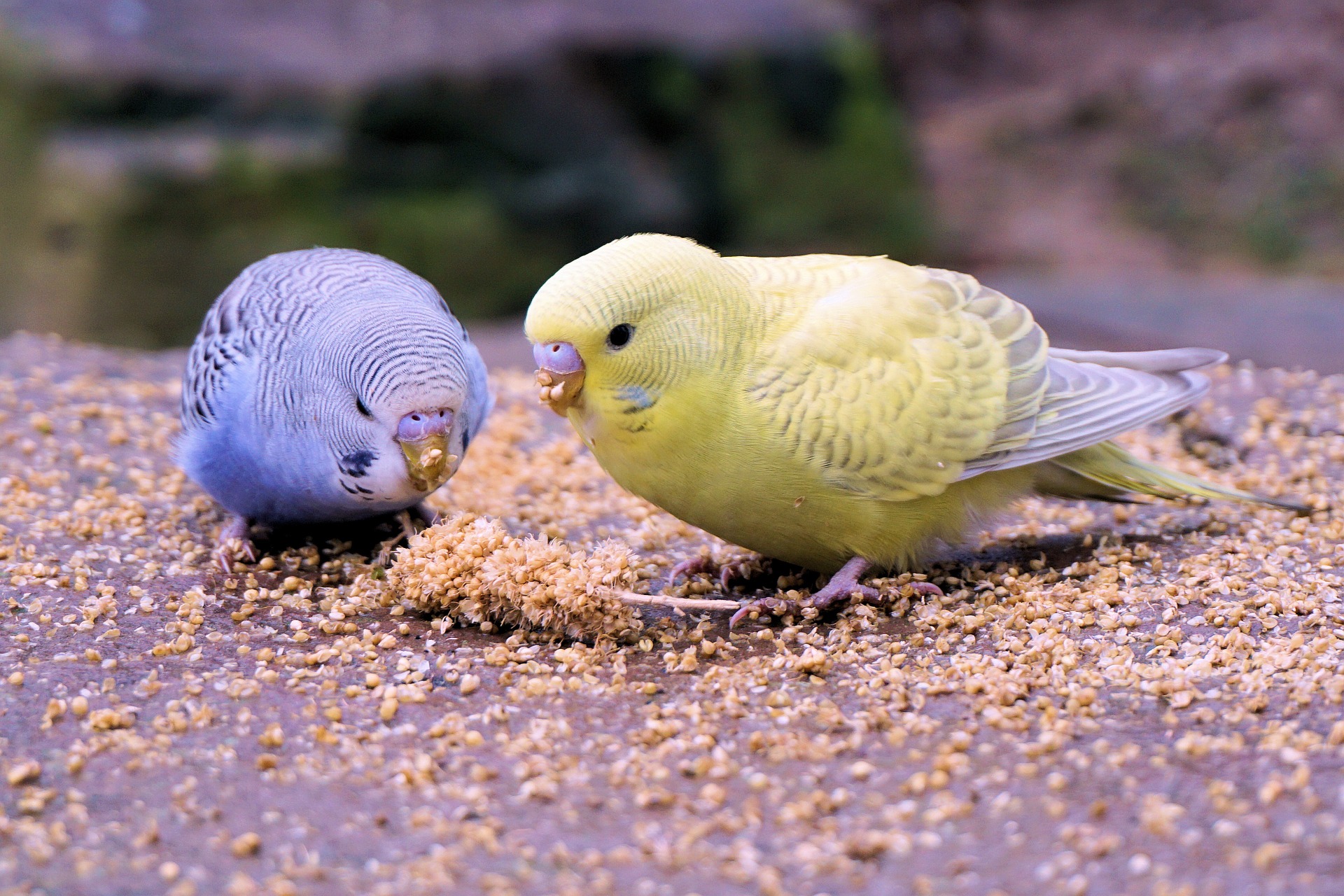The Natural Buzz is Hitting the Avian Market
Erik J. Martin //October 3, 2017//
Walk into any supermarket today and you’ll likely see more shoppers scrutinizing product packaging, reading ingredient lists, asking clerks questions, and checking apps for data like calorie counts and Weight Watcher points. And chances are, they’re doing the same due diligence in your store, too.
News flash: this increasing trend toward healthier living, sustainable practices, renewable resources and choosing products that promote all of the above is only going to pick up steam. Bird owners value these attributes, and many will likely be wary of wares that don’t conform to the new natural ingredients norm, the experts say.
Turn to Mother Nature
“People are trying to live healthier, more organic lives, and this choice extends to their pets,” said Ed Willis, owner of American Bird Company in Falls Church, Virginia, a retailer of exotic bird supplies launched in 1988. “For example, we’re seeing our customers feed their birds more locally grown or
ganic fruits and vegetables and use bottled instead of tap water in the cage.”
Willis says his customers have clamored for more organic and less processed diets as well as hard goods and toys that feature natural materials.
“To cater to this demand, we carry healthier diets by Harrison’s and Kaylor of Colorado and stock more coconut shell toys and java wood perches,” he said. “We’re also selling a lot more java tree stands instead of steel cages with playtops, as customers are seeking more natural environments.”
Michael Acerra, digital marketing manager for Hauppauge, New York-based Penn Plax, Inc.—which began as an aquarium shop in Brooklyn in the 1950s—can vouch for the veracity of “natural” as a dominant merchandise movement.
“Bird owners are becoming increasingly conscious of the product they’re giving their birds, and they want to feel confident that they’re pr
oviding their pets with products manufactured with the bird’s best interest in mind,” Acerra said. “Materials like seagrass, jute and coconut have become extremely popular, and this trend doesn’t show any signs of slowing down.”
Penn Plax’s newest product, the E2 cuttlebone, taps into the natural drift. While most cuttlebone products are brittle, seasonally limited and rarely available in a consistent color, shape or size, the E2 provides a uniform product that includes other natural ingredients besides cuttlefish, making it available year round.
Daily diets with purer ingredients are also high priority today among bird owners.
“Years ago when you went to a pet store, there were few options for birds on the shelves. Now, manufacturers are producing several different types of food with natural ingredients to accommodate the needs of all types of birds and bird owners,” said Stephanie Carbaugh, design and marketing assistant for F.M. Brown’s Sons, Inc., the Sinking Spring, Pennsylvania-headquartered company with roots that trace back to an 1843 water-powered grist mill business.
Brown’s made a big splash in the natural space with the rollout of its Tropical Carnival Natural line of gourmet foods. This line includes fortified daily diets for cockatiels/ lovebirds, parakeets, parrots/ macaws, and small hookbills— each nutritionally enhanced and lacking artificial colors, flavors or preservatives.
Natural-born Fun
In the toy category, natural took root years ago and has pushed out a lot of unnecessary plastics and artificial components, says Melanie Allen, avian product specialist with the Hagen Group in Mansfield, Massachusetts.
“Natural components derived from self-sustaining sources are safe for birds to chew and destroy, while toys made from plastics or some man-made fibers can be ingested and cause serious damage,” said Allen, who noted that Hagen uses renewable and non-tox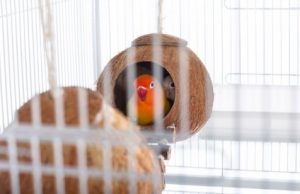 ic materials such as abaca leaves, palm leaves, coconut and bamboo for its Rustic Treasures toy line.
ic materials such as abaca leaves, palm leaves, coconut and bamboo for its Rustic Treasures toy line.
Chicago’s Prevue Pet Products— the largest bird cage company in the world, founded in 1869—was one of the first companies to launc
h a line of natural bird toys and accessories, according to Jason Savitt, the company’s president.
“We use natural materials like sea grasses, banana leaves, bamboo, aged wood like mangrove, and natural fiber ropes made of cotton and sisal for our Naturals Activity Toys line,” said Savitt, who cites three of Prevue’s hanging toys—Gorilla, Coco and Bamboo as well as Coco Hideaway with Ladder—as examples. “The natural and neutral color schemes allow these products to fit seamlessly into everyone’s home decor.”
Sweet Feet and Beak is earning accolades for its array of bird toys boasting all-natural and non-toxic materials. Its new line of cardboard and cotton rope merchandise won a best new product bird category award at Global Pet Expo, and its Pizza Party (a large shreddable cardboard hanging pizza “slice” toy) took second place in the best new products category at SuperZoo in July.
“We’ve taken cardboard, a readily available and inexpensive bird-safe resource, and created a new line of toys that is both affordable for owners and entertaining for pet birds,” said Jason Bohannon, sales manager for Cleveland, Georgia-based Sweet Feet and Beak, which has over 80 toys in its full product arsenal.
Get Attention
To help your natural SKUs stand out, try to differentiate them from everyday items in your set, the pros say.
“We’ve created an endcap displaying natural products that helps these items garner more attention,” Willis said.
Savitt seconds this tactic.
“Don’t place natural products randomly on the shelves—make them a focal point that stands out,” Savitt said. “We’ve seen a lot of success when these products are displayed and grouped together for greater visual impact.”
Likewise, according to Carbaugh, it’s important to group natural bird foods together.
“Using signage and POP displays will draw attention to the ingredients in the food and educate customers about those ingredients,” she said.
Don’t confine these goods exclusively to your shelves, however.
“Provide the birds in your shop with natural toys and accessories so they can interact and enjoy them. Customers that see this will feel more confident about purchasing them for their pets,” Acerra said.
Lastly, encourage your clientele to make and post videos of their birds enjoying your natural products.
“Offer them a discount in your store for allowing you to share their videos with your social media followers,” Bohannon recommended.






